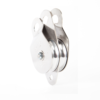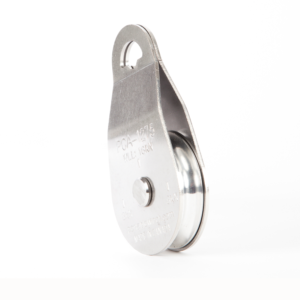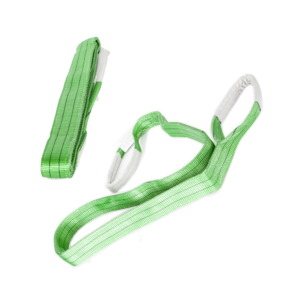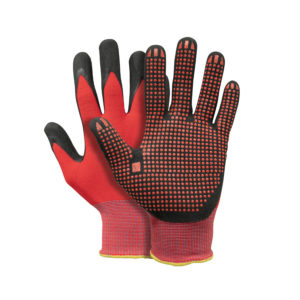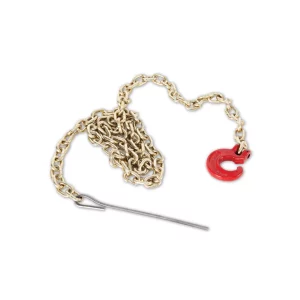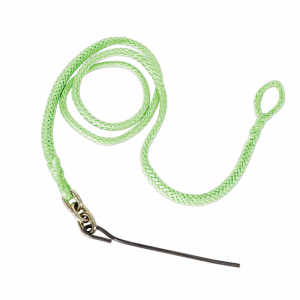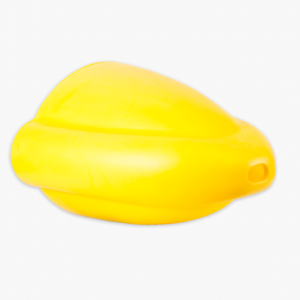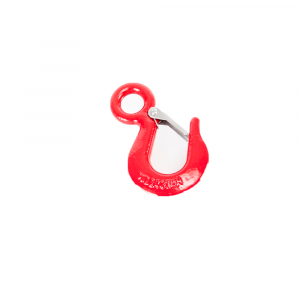Description
The Portable Winch Snatch Block 100mm Double is a durable and efficient tool designed to increase the pulling power of winches. Made of stainless steel, this snatch block features two lightweight 100mm diameter deep groove aluminum sheaves, with stainless steel plates that swing open to easily install rope. The sintered bronze bushings on the stainless steel shaft provide 98% efficiency, ensuring smooth and effective operation.
When used with a PCA-1274 pulley, this snatch block can quadruple the pulling power of winches, allowing for an impressive 5 tons of force to be exerted on a load when used with the PCW5000. The middle plate of the snatch block has a hole at the bottom, allowing for easy attachment of the rope with a karabiner when necessary. Additionally, the use of a 70 kN steel locking karabiner (PCA-1701) is recommended to anchor the snatch block to a polyester sling.
The ideal rope diameter for use with the Portable Winch Snatch Block 100mm Double is 12mm, making it a versatile and practical tool for a wide range of applications. Whether used in forestry, hunting, or other outdoor activities, this snatch block is a reliable and essential piece of equipment for increasing pulling power and efficiency.
SPECIFICATIONS
Minimum Breaking Load (metric) : 135 kN (13 775 kg)
Working Load Limit (metric) : N/A
Material : Sides: Stainless steel. Sheaves: Aluminium
WEIGHT & DIMENSIONS
Weight (metric) : 2,03 kg
Diameter (metric) : 100 mm
Length (metric) : 27 cm
Width (metric) : 14 cm
Height (metric) : 14 cm
ROPE
Minimum diameter (metric) : 6 mm
Maximum diameter (metric) : 12 mm
ADDITIONAL INFORMATION
Additional Information : Not designed for steel cable.
Additional information : The NEWTON is the International System unit for force; it is equal to the amount of net force required to accelerate a mass of one kilogram at a rate of one meter per second squared. — The WORKING LOAD LIMIT (WLL) is the maximum load which should not be exceeded under any condition. — The MINIMUM BREAKING STRENGTH (MBS) is observed during a destructive test. You should divide it by an appropriate safety factor.








